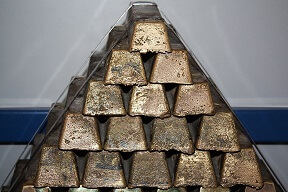Bronze & Seawater Pump Guide
 Often pumps are required for the transfer of seawater and stainless steel is the default choice for many people but did you know bronze is an excellent choice for seawater pumps.
Often pumps are required for the transfer of seawater and stainless steel is the default choice for many people but did you know bronze is an excellent choice for seawater pumps.
Bronze overall cost-performance makes it an excellent selection for use in everyday applications both on land at sea for the handling of seawater.
Seawater environments are highly corrosive due to the concentration of salts, dissolved oxygen and carbon dioxide. It can also vary in temperature ranging from -2 to 36 degrees c meaning materials must be specified correctly for longevity.
Bronze is a soft material and thus has flow velocity limitations. For high heads and faster flows, it must be mixed with an alloy to strengthen it to make Ni Aluminium bronze. Stainless steels such as 316 and 304 pit and corrode and the bronze is an excellent substitute often available at a better price point and shorter lead time. The maximum flow rate for bronze is around 18-24m a second. Under stagnant flow is an excellent choice of material withstanding pitting and corrosion under zero flow conditions.
For high flow rates a switch to super duplex is recommended which have a higher resistance to fast flow conditions and pitting due to their alloy content although lead time, however, cost increases dramatically when compared to bronze.
Polluted seawater which contains chloride pollution aeration and sulfide requires. Special attention as bronze may be unsuitable with a switch to super duplex required as bronze can corrode in such conditions
Some pumps such as submersible pumps utilise sacrificial anodes to protect parts of the pump from attack however it is often difficult to predict the lifespan of the pump being protected and is not a good engineering solution as the anode is located out of sight and needs checking at required intervals for wear. Utilising the correct material, to begin with, is far more effective or select a self-priming pump in bronze which is located outside of the fluid and subject to less chemical attack.





